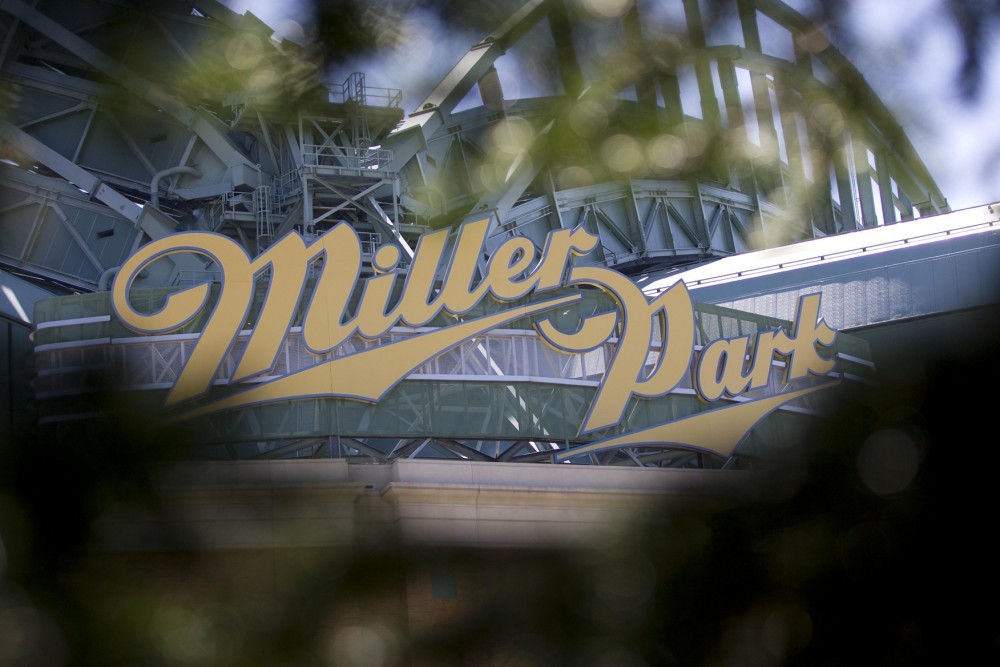Visit any player profile on the Internet and you will find a players birthdate right below his name. Age is everything when it comes to evaluating players. A 27-year-old in rookie ball is a bad sign. A 20-year-old in the big leagues is outstanding. Age is arguably the most important factor when it comes to contract signing and player acquisition. A focus on age curves has destroyed the market for aging sluggers such as Jose Bautista and Edwin Encarnacion, who were both seeking much bigger paydays than they ended up receiving. Teams are not wrong for incorporating what we have learned about the steep declines players face in their thirties and beyond. At the same time, this intense focus on player age creates a blind spot, a blind spot the Milwaukee Brewers have taken advantage of over the past couple seasons.
First, the Brewers struck gold by betting on 31-year-old Junior Guerra, as has been well documented. The acquisition of Guerra showed David Stearns and company weren’t afraid to bet against the age curve. The Brewers front office once again bet against the age curve in the Aaron Hill trade by acquiring 27-year-old right-handed pitcher Aaron Wilkerson. The almost ‘post-peak’ starting pitcher was the main haul in the trade that included 20-year-old second basemen Wendell Rijo, who doesn’t project to be much of a prospect. The Brewers gave up a decent asset in Hill in order to acquire a player that no one would call a prospect and many would just write off because of his age.
Rather than bind themselves into acquiring ‘real’ prospects, Milwaukee took on a little more risk in acquiring a player of Wilkerson’s age. The Red Sox saw Wilkerson as expendable mostly in part because of his age. If a 22-year-old was putting up the numbers Wilkerson put up in AAA Pawtucket, he would be one of the best prospects in baseball. The 2017 season will be the age-28 season for Wilkerson. He has yet to throw a major league pitch and most likely, considering his skill set and age, won’t be a part of the next winning Brewers team. These are still the types of deals winning franchises make.
Aaron Wilkerson has an incredible story that even further under-rated his value. He was signed by Boston out of the independent leagues, where he was once traded four times in one season, two years ago. He was a dominant NAIA pitcher. He had Tommy John surgery in 2011, after which he left baseball in order to work in a grocery store. All of this adds up to a breathtaking story, but it is easy to see why teams would remain skeptical of a player like Wilkerson. Despite all of obstacles and difficulties, he has been dominant over his minor league career.
The NAIA product has excelled at every level. In his debut 2014 season, he posted a 1.62 ERA and a 2.84 FIP over 50 innings in Low-A. He started the 2015 season in single-a but after 12 starts and five relief appearances in which he posted a 1.97 FIP and struck out 9.7 per nine innings, he quickly moved up to double-a. Wilkerson carried this success into the 2016 season. He posted a 2.44 ERA and 1.36 DRA over 48 innings in triple-a Pawtucket before being traded to the Brewers. He had a PPF well over 100 in every stint in the Red Sox organization. If these numbers were slapped on the profile of any 23-year-old pitcher in baseball, they would be a top 10 prospect, regardless of repertoire.
The 27-year-old has lost credit for the success he has had in just over two years of minor league ball simply because of how old he is. The Brewers front office took a look at the sparkling numbers Wilkerson put up and acquired him for a veteran infielder who is now struggling to find a job. They saw Wilkerson as a real prospect. He may not be able to contribute in the long-term, like I said earlier, he may not even be on the next winning Brewers team, but if he continues on the same trajectory he has shown over the past few years, he will be in the Brewers rotation in 2017. If everything works out perfect, he will be the 28-year-old version of Junior Guerra, which would have immense trade value with the demand for pitching these days. The Brewers have discovered a minor market inefficiency by looking past the blindspot when it comes to age curves.

Great insight.